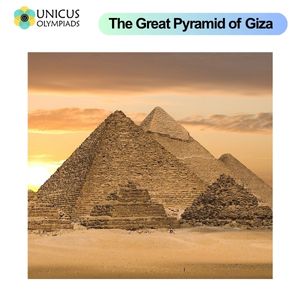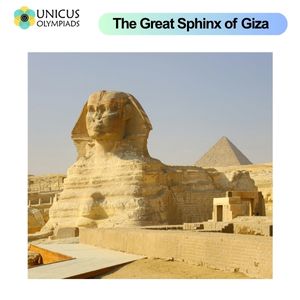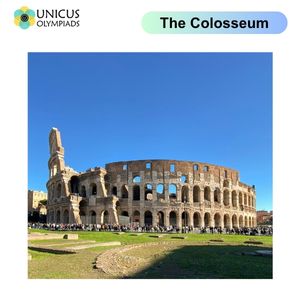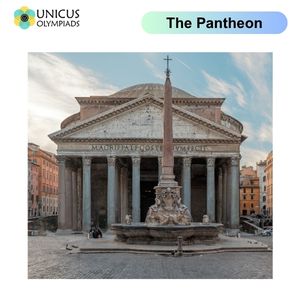

Ancient civilizations laid the foundations for modern societies, shaping many aspects of politics, culture, art, technology, and daily life. Two of the most iconic and influential ancient civilizations were Ancient Egypt and Ancient Rome. These civilizations made remarkable achievements in governance, architecture, engineering, and culture, leaving legacies that continue to influence the world today. In this section, we will explore the key features of these civilizations and their lasting impact on human history.
Ancient Egypt, one of the earliest and longest-lasting civilizations, flourished for over 3,000 years along the Nile River. It is renowned for its contributions to architecture, writing, and religion. The Egyptians created one of the most influential cultures of the ancient world, with remarkable achievements that continue to fascinate people today.


The Roman Empire, one of the largest and most influential empires in history, lasted from 27 BCE to 476 CE in the West and continued in the East as the Byzantine Empire for another thousand years. Ancient Rome is known for its advances in governance, law, engineering, and culture, which continue to shape Western society to this day.


Both Ancient Egypt and Ancient Rome were powerful civilizations that influenced the course of world history. While they were geographically distant and separated by time, there are some key similarities and differences: